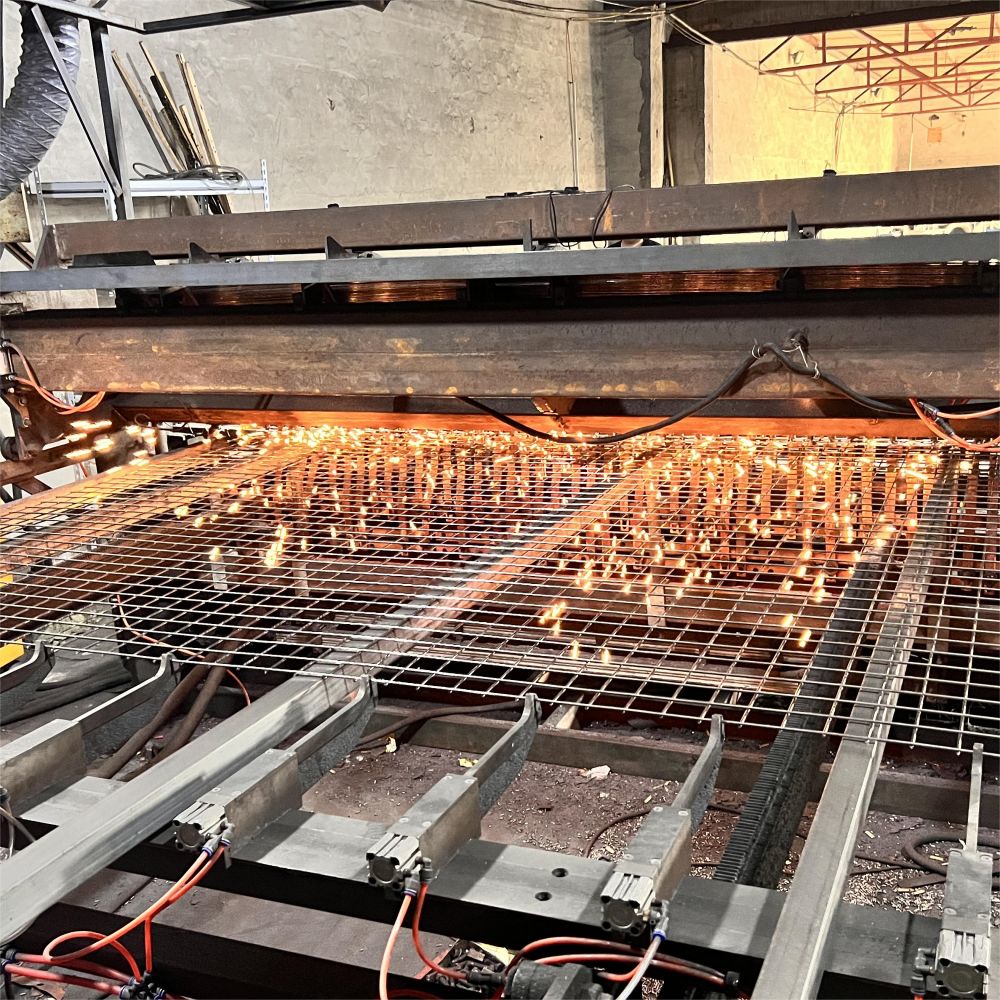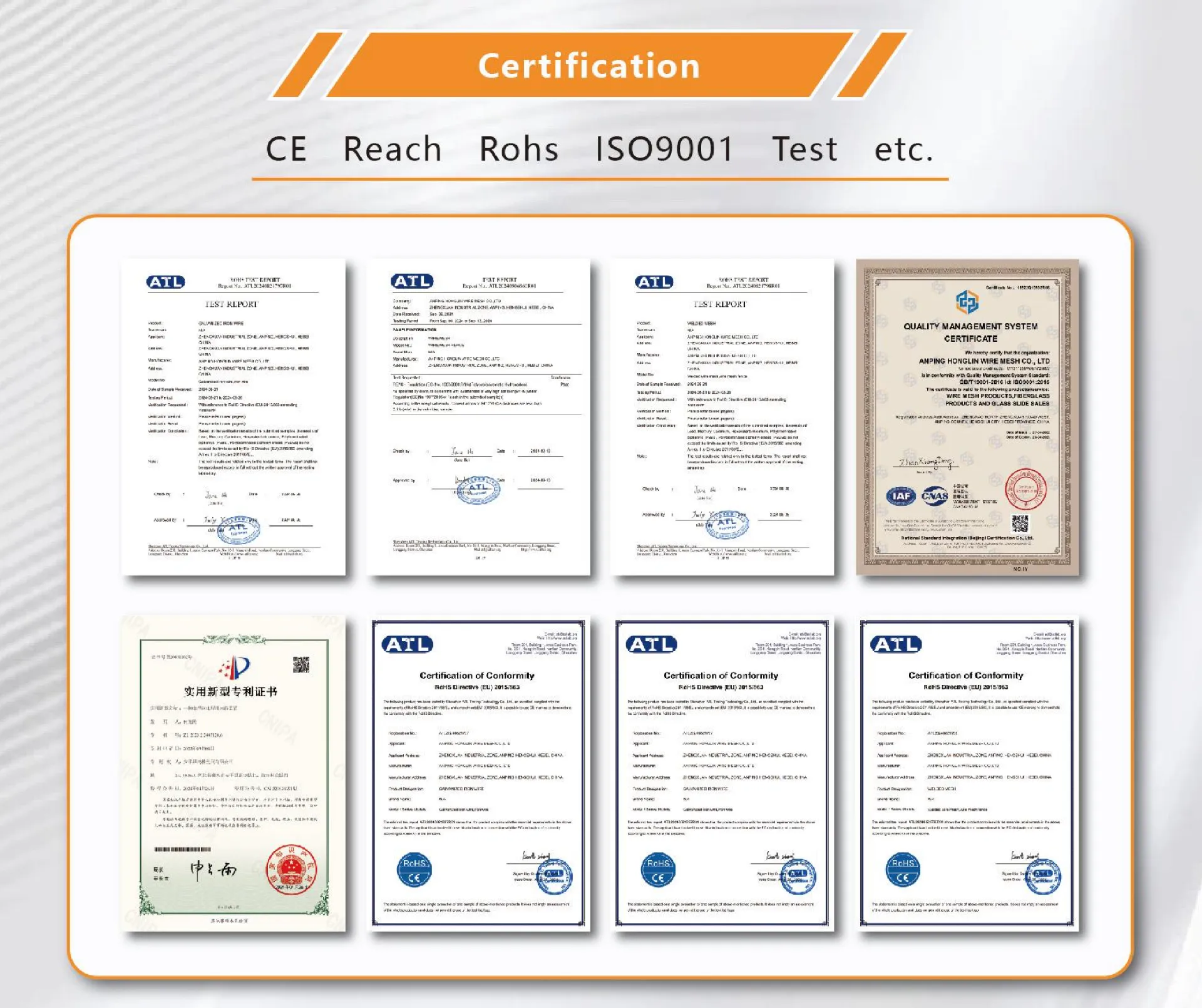3月 . 07, 2025 07:29
Back to list
Barbed Wire
Installing a barbed wire fence can be a game-changer for property protection and management. However, to maximize the effectiveness and durability of your investment, choosing the right posts is crucial. This piece will guide you through selecting the best types of posts for barbed wire fences, focusing on their materials, durability, installation, and maintenance.
Concrete posts, due to their weight, require mechanical lifting, making them less ideal for DIY enthusiasts. However, their robustness makes them perfect for permanent installations where minimal maintenance is desired. Importantly, regardless of the post type, the spacing and depth of installation play a pivotal role in the structural integrity of the fence. Typically, posts should be spaced 8 to 12 feet apart and planted at a depth of one-third of their length to withstand environmental pressures. Understanding the maintenance needs of your chosen posts ensures the longevity of your barbed wire fence. Wooden posts may need periodic sealing to protect against weather conditions. Inspect for signs of rot or pest infestation regularly, particularly in humid climates. Metal posts generally require less maintenance than wooden ones but should still be inspected for rust and treated with rust-preventative coatings as needed. Concrete posts, while maintenance-light, should be inspected for cracks or surface wear over time, especially after severe weather conditions. The environmental conditions of your installation site will significantly impact your choice of posts. Areas with heavy rainfall or excessive humidity should lean towards galvanized metal or pressure-treated wood to avoid premature decay. Conversely, arid regions can accommodate a broader range of materials, although UV-protected options like concrete are advisable. In conclusion, the selection of posts for a barbed wire fence is a strategic decision that impacts the efficacy and lifespan of the fence. Consider your local environmental conditions, installation capability, and maintenance commitments when choosing your posts. By doing so, you secure not only your property but also the value of your investment in the long term. Always consult with fencing professionals if uncertain, to ensure your choice meets both your expectations and practical needs.


Concrete posts, due to their weight, require mechanical lifting, making them less ideal for DIY enthusiasts. However, their robustness makes them perfect for permanent installations where minimal maintenance is desired. Importantly, regardless of the post type, the spacing and depth of installation play a pivotal role in the structural integrity of the fence. Typically, posts should be spaced 8 to 12 feet apart and planted at a depth of one-third of their length to withstand environmental pressures. Understanding the maintenance needs of your chosen posts ensures the longevity of your barbed wire fence. Wooden posts may need periodic sealing to protect against weather conditions. Inspect for signs of rot or pest infestation regularly, particularly in humid climates. Metal posts generally require less maintenance than wooden ones but should still be inspected for rust and treated with rust-preventative coatings as needed. Concrete posts, while maintenance-light, should be inspected for cracks or surface wear over time, especially after severe weather conditions. The environmental conditions of your installation site will significantly impact your choice of posts. Areas with heavy rainfall or excessive humidity should lean towards galvanized metal or pressure-treated wood to avoid premature decay. Conversely, arid regions can accommodate a broader range of materials, although UV-protected options like concrete are advisable. In conclusion, the selection of posts for a barbed wire fence is a strategic decision that impacts the efficacy and lifespan of the fence. Consider your local environmental conditions, installation capability, and maintenance commitments when choosing your posts. By doing so, you secure not only your property but also the value of your investment in the long term. Always consult with fencing professionals if uncertain, to ensure your choice meets both your expectations and practical needs.
Share
Next:
Latest news
-
Innovations in Razor Barbed Wire Design TechnologyNewsAug.11,2025
-
Roofing Nail Compatibility with Different Metal Roof TypesNewsAug.11,2025
-
Welded Wire Mesh for Rockfall Protection BarriersNewsAug.11,2025
-
Galvanized Wire Corrosion Resistance TestingNewsAug.11,2025
-
3D Fence Solutions Preventing Bird CollisionsNewsAug.11,2025
-
Using Chain Link Fence for Urban Garden SupportNewsAug.11,2025




